.
31.01.2014
A Lunar Transit
.
Today the Moon passed between SDO and the Sun from 1331-1556 UTC (8:31-1056 am ET). At 2.5 hours in length, it was the longest lunar transit so far in the SDO mission.
You can watch the transit using the browse data option on our website. Use the times 2014-01-30 00:00:00 and 2014-01-30 17:00:00 and your favorite wavelength to enjoy the show.
Here is an image from 2014-01-30 14:29:12 in the AIA 171 passband. If you watch the movie you will see the Sun move a little bit during the transit. This transit covers a lot of the solar disk and blocks the sunlight from SDO. The fine guidance systems on AIA and HMI can't work because they need to see the whole Sun to keep the images centered from exposure to exposure. Once the transit is over the fine guidance systems started back up, giving us steady images of Sun.
And, as the Moon left SDO's field of view, an M8 flare erupted in AR 1967.
.
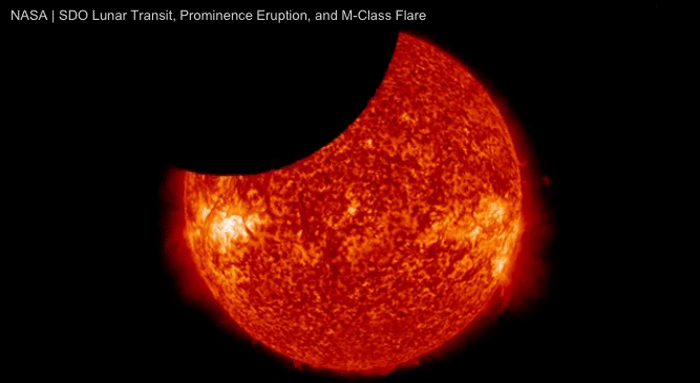
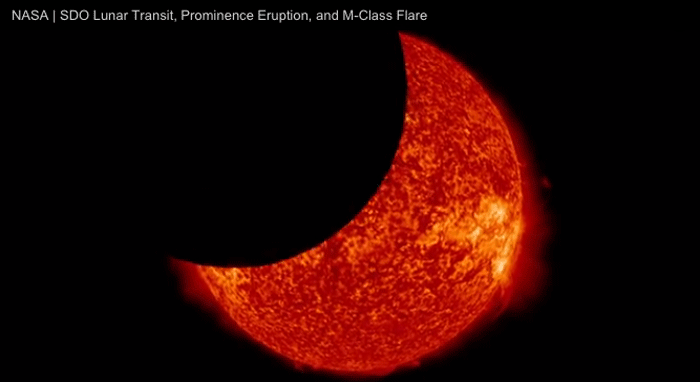

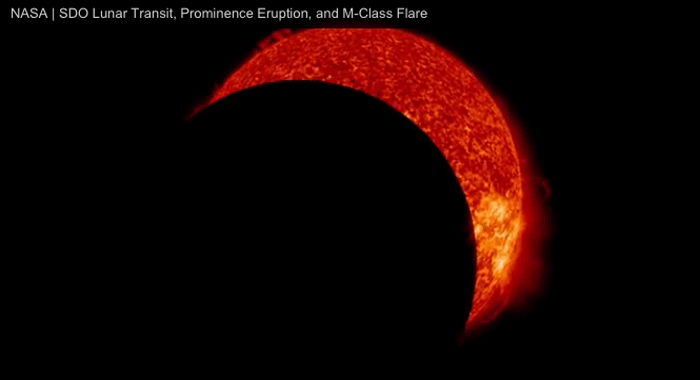

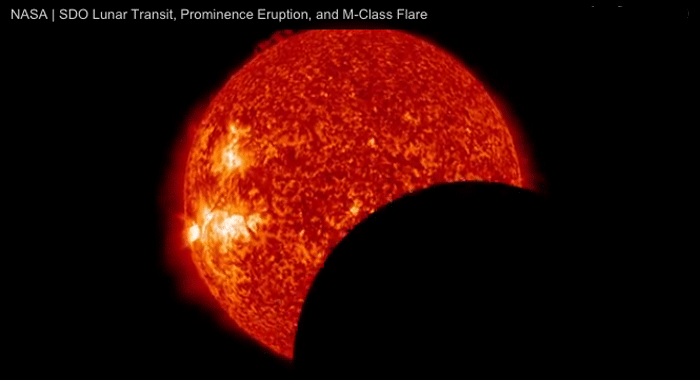
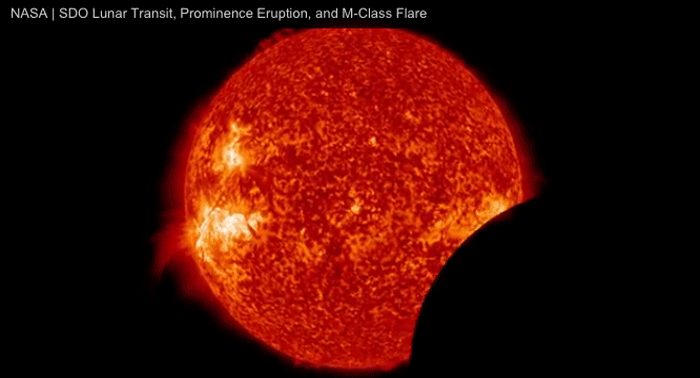

.
Video zu sehen hier: http://www.youtube.com/watch?v=a8_w3POh0FA
.

A rainbow of lunar transits as seen by NASA's Solar Dynamics Observatory. The observatory watches the sun in many different wavelengths of light, which are each colorized in a different color.
Image Credit: NASA/SDO
.
On Jan 30, 2014, beginning at 8:31 a.m EST, the moon moved between NASA’s Solar Dynamics Observatory, or SDO, and the sun, giving the observatory a view of a partial solar eclipse from space. Such a lunar transit happens two to three times each year. This one lasted two and one half hours, which is the longest ever recorded. When the next one will occur is as of yet unknown due to planned adjustments in SDO's orbit.
Note in the picture how crisp the horizon is on the moon, a reflection of the fact that the moon has no atmosphere around it to distort the light from the sun.
.
Quelle: NASA
5055 Views
